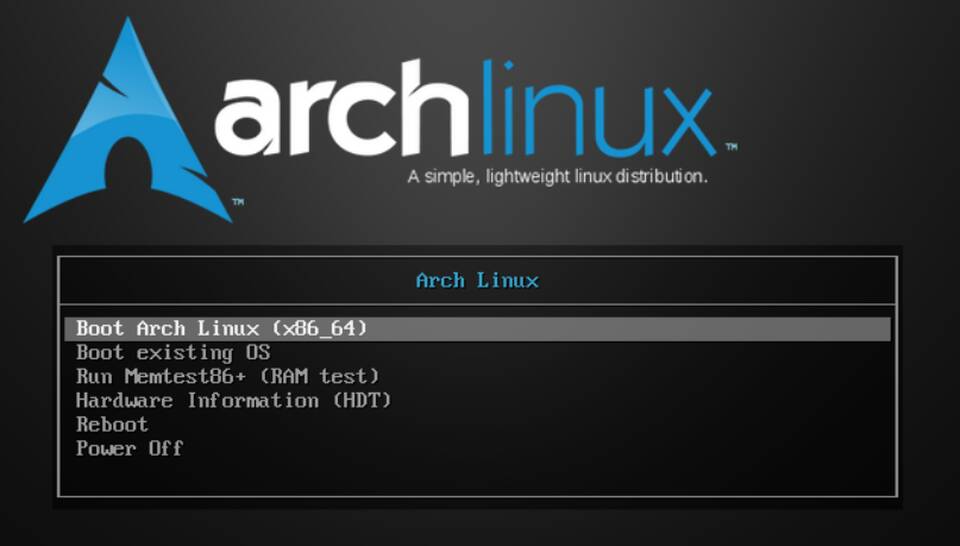Installing Arch Linux on a Lenovo Legion 5P

In earlier posts, I documented how I solved a series of issues due to the Linux support in this laptop. Eventually, I found the lack of the nvidia-dkms package was adding unnecessary work for me. And because using packages from a different distribution is not supported or recommended, I decided to migrate my system to Arch Linux.
Before going any further prease bear in mind this post is heavily technical. It follows the official installation guide, which is a must read for installing Arch, but the purpose of this post is to act as a personal reference for the future.
Partition schema
I have used the following schema on 500Gb and 1Tb drives
device size format mont point system
nvme1n1p1 260 fat /mnt/boot /boot
nvme1n1p2 20480 btrfs /mnt /
nvme1n1p3 12288 btrfs /mnt/var /var
nvme1n1p4 13312 swap swap swap
nvme1n1p5 all btrfs /mnt/home /home
Initial steps
Enable the UK keyboard layout
# loadkeys uk
Try to connect directly to Wi-Fi as follows,
# iwctl --passphrase myPassPhrase station wlan0 connect targetWiFiNetwork
If this fails, either enable the Wi-Fi devices
# rfkill unblock wifi
or try with the interactive way
# iwctl
# station wlan0 scan
# station wlan0 get-networks
# station wlan0 connect targetWifiNetwork
# exit
Once a connection is established, sync the system clock
# timedatectl set-ntp true
Then, setup the drive layout
# fdisk -l # partition the drives according to the partition scheme shown earlier
# mkfs.btrfs /dev/nvme1n1p2 -f # root
# mkfs.btrfs /dev/nvme1n1p3 -f # var
# mkswap /dev/nvme1n1p4
# swapon /dev/nvme1n1p4
# mount /dev/nvme1n1p2 /mnt
# mkdir /mnt/boot
# mkdir /mnt/var
# mkdir /mnt/home
# mount /dev/nvme1n1p1 /mnt/boot
# mount /dev/nvme1n1p3 /mnt/var
# mount /dev/nvme1n1p5 /mnt/home
# reflector # choose fast servers
Proceed with the base installation
# pacstrap /mnt base linux5.8 linux-firmware amd-ucode btrfs-progs dhclient \
dhcpcd dosfstools efibootmgr iwd lynx man-db man-pages nvme-cli openssh rsync \
sudo texinfo tmux usbutils gvim vpnc zsh xf86-video-amdgpu vulkan-radeon
Configure the system
Write the current file system structure to fstab
# genfstab -U /mnt >> /mnt/etc/fstab
# cat /mnt/etc/fstab
Set the time zone and adjust the system clock
# arch-chroot /mnt
# ln -sf /usr/share/zoneinfo/Europe/London /etc/localtime # set the timezone
# hwclock --systohc # generate /etc/adjtime
Edit /etc/locale.gen and uncomment the locales needed,
en_GB.UTF-8 UTF-8
en_US.UTF-8 UTF-8
Generate the locales,
# locale-gen
And set the system locale by editing /etc/locale.conf adding:
LANG=en_GB.UTF-8
Set the keyboard layout persistently
# vim /etc/vconsole.conf
KEYMAP=uk
Set the host name
# vim /etc/hostname
Note: The only content of this file should be the name for this machine
Add default addresses to hosts file
# vim /etc/hosts
127.0.0.1 localhost
::1 localhost
127.0.1.1 arch-usb.localdomain arch-usb
Generate the initial minimal file system initramfs
# mkinitcpio -P
Set the root password
# passwd
Add a non root user
# useradd -m cmoralesmx
# passwd cmoralesmx
# usermod -aG wheel,audio,video,optical,storage cmoralesmx
Enable users in wheel group to execute anything as sudo
# EDITOR=vim visudo
Note: Search and uncomment the line about wheel users
Remove unnecessary packages from the install
# pacman -R modemmanager, mobile-broadband-provider-info
Install a bootloader Note: I was using grub but switched to systemd-boot which seems leaner.
Because I am already using systemd-boot, the loader configuration and the entries should be available and up to date in /boot
Therefore, I just need to install the actual bootloader
# bootctl install
At this point the base system is ready. For a headless computer this is enough.
Optionally, I could install a Window Manager or a full Desktop Environment. I will cover that in the next post